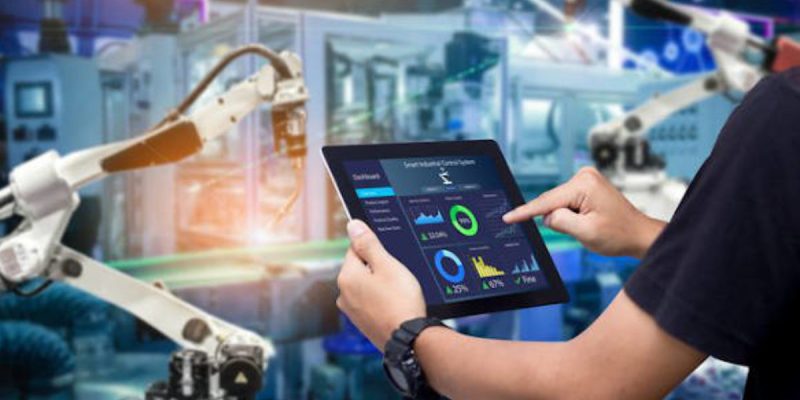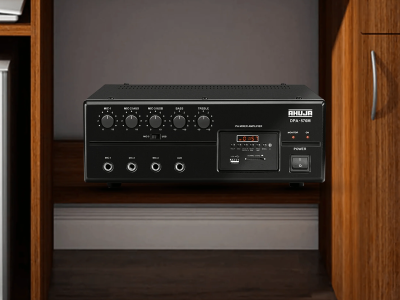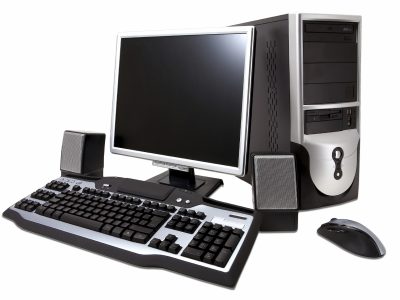Industrial automation has become an important part of improving manufacturing processes and creating new opportunities for innovation and economic growth. However, as more organizations prioritize the use of large-scale factories to manufacture high volumes of products, it’s become essential that they also consider how to make their operations safer and more sustainable.
AIoT, the combination of artificial intelligence and the Internet of Things, enables this transformation, providing new levels of speed and efficiency while reducing the likelihood of life-threatening factory conditions.
What is Industrial Automation and How is it Advancing?
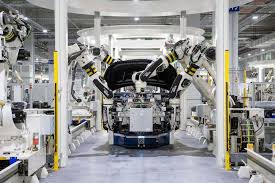
Industrial automation has been an important element of modern-day manufacturing processes. While historically, many industrial operating components involved teams of human operators, industrial automation has introduced a number of technologies and robotic engineering processes to help streamline production.
Now industries are looking for faster, more efficient ways to manufacture their goods. Industrial automation assists in this need by introducing three key stages to the manufacturing process:
- Data Collection: Automation systems rely on various sensors and input devices to monitor the environments they’re integrated in. This means they’re able to collect temperature readings, pressure levels, and production speed to provide a more holistic view of their operations.
- Intelligent Analysis: When data is collected, algorithms and specialized software are then able to transform raw collected data into actionable insights. These insights can help to detect certain anomalies or even potential production issues on the factory floor.
- Process Control: Rather than just providing helpful insights that were gained from the data analysis stage, automation protocols use actuators and other output devices to optimize industrial processes as needed.
Limitations of Traditional IA Environments
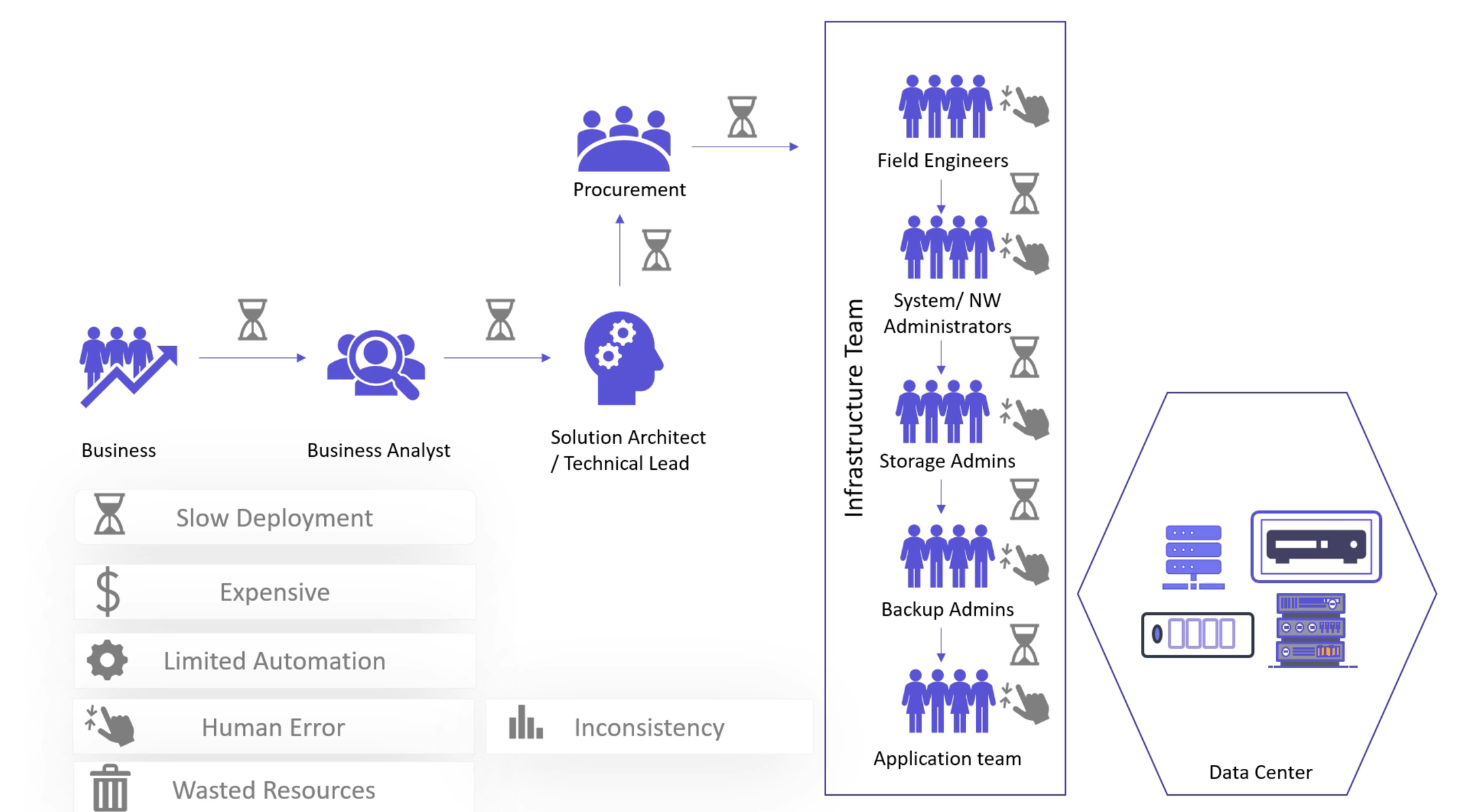
Although there have been many advancements in industrial automation technologies over the years, there are still a number of limitations in manufacturing operations. These include:
Rigid Assembly Lines
Most traditional manufacturing environments have systems in place to are designed to operate with predefined rules and output parameters. This can oftentimes make it very difficult to respond to certain changes in production demands as well as material variations that may need to be introduced.
The Need for Human Operators
Although many modern manufacturing systems are highly effective at completing repetitive tasks, they can be lacking when it comes to handling more complicated procedures independently. This has led to a higher dependence on human operators on factory floors, which can lead to lengthy bottlenecks in production and reduce more automated functioning.
Data Handling Limitations
Outdated automation systems usually have certain limitations when they need to manage larger data streams or carry out more advanced analytics. This can limit their ability to identify important patterns used for predictive maintenance scheduling and when optimizing processes based on changing conditions.
How AIoT is Benefiting Industrial Automation
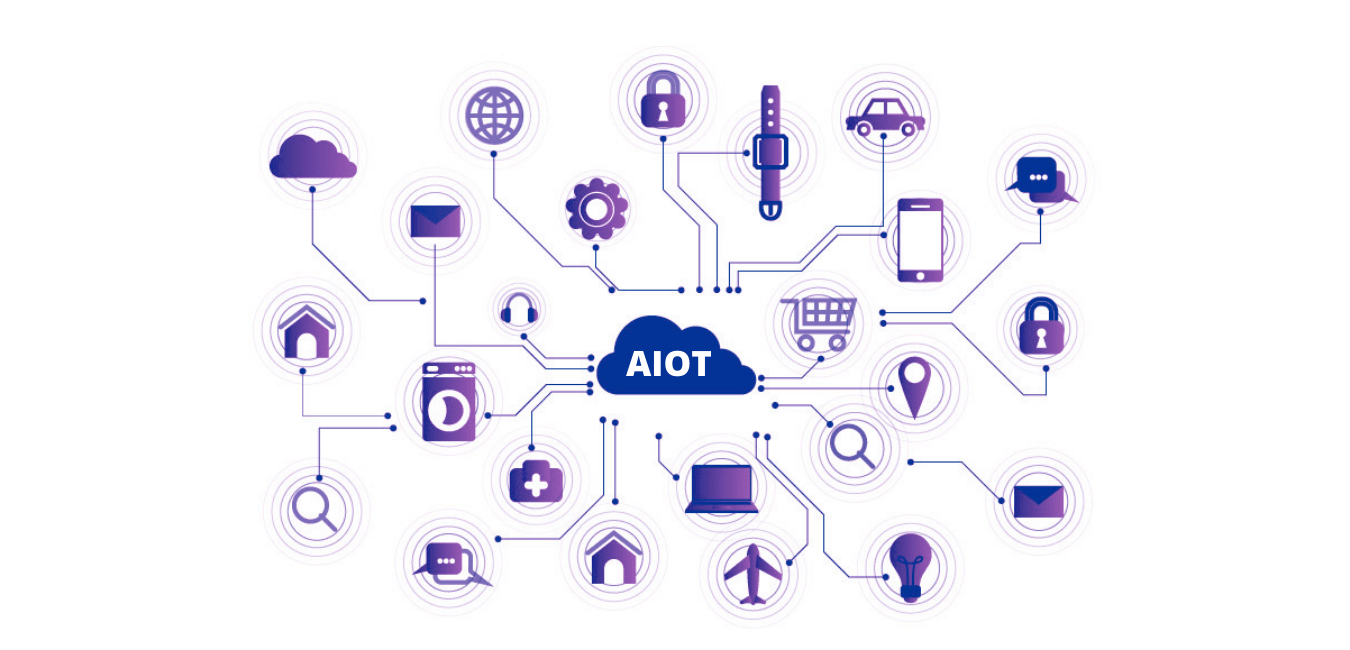
AIoT has introduced a completely new approach to industrial automation that is providing a number of benefits to organizations and their employees:
Smarter Decision-Making
One of the largest benefits that AIoT is bringing to the table is its ability to take large amounts of collected data and analyze it in real time for faster, more accurate decision-making.
The algorithms used in AI technologies are designed to process information must faster than legacy automation systems and are able to be fed directly by IoT devices around the factory. AIoT systems can then sift through and categorize the information they find, identifying potentially hidden patterns in factory output or even potential problems that need to be addressed.
Better Maintenance Routines
In all industrial settings, there is the potential for unexpected downtime due to equipment failures or inadequate planning. However, if and when these situations arise, they can lead to expensive downtime and costly equipment repairs before production can be resumed.
With AIoT-enabled machinery, operators can receive on-demand information regarding system temperature settings, various vibration levels, and the amount of power that’s being consumed during production runs.
This information helps organizations to ensure they’re establishing the right frequency of maintenance routines reducing the likelihood that they’ll be caught off guard and increasing the lifespan of their valuable assets.
Increases in Efficiency
The IoT data that is collected by AIoT systems allows for much more transparency regarding operational states and can help organizations create an actionable blueprint for their associated production processes. This includes everything from improving production line speeds to optimizing raw material usage.
With AIoT, organizations can much more easily adjust various production schedules based on current demands. This helps to reduce the energy they’re expending while also avoiding idle periods that provide little to no returns on total operating costs.
Improved Safety Measures
Because of the high-risk environments that industrial workers are in, being able to increase levels of safety is critical. AIoT technologies have become an effective way of doing this, using a combination of integrated sensors, surveillance systems, and actionable collected data.
Today’s AIoT solutions allow organizations to surpass the capabilities of traditional monitoring systems and introduce more proactive operating solutions. Rather than waiting for a problem to materialize. AIoT technologies can proactively alert safety personnel in the event of predicted issues as well as automatically trigger certain corrective measures.
Having this real-time awareness gives safety teams the ability to put together much faster incident response times and help to avoid potentially life-threatening events from taking place on factory floors.
Looking Ahead
While AIoT is still in the early stages of its widespread adoption, artificial intelligence and IoT are rapidly evolving and improving. As we look forward to the future, we’ll no doubt start to see more practical applications of AIoT in industrial settings, unlocking unprecedented levels of automation, efficiency, and improved safety standards.
Author Bio:
Subbu Seetharaman

Subbu Seetharaman is the Director Of Engineering, at Lantronix, a global provider of turnkey solutions and engineering services for the internet of things (IoT). Subbu is an engineering executive with over 25 years experience in leading software development teams, building geographically distributed, high performing teams involved in developing complex software products around programmable hardware devices.

